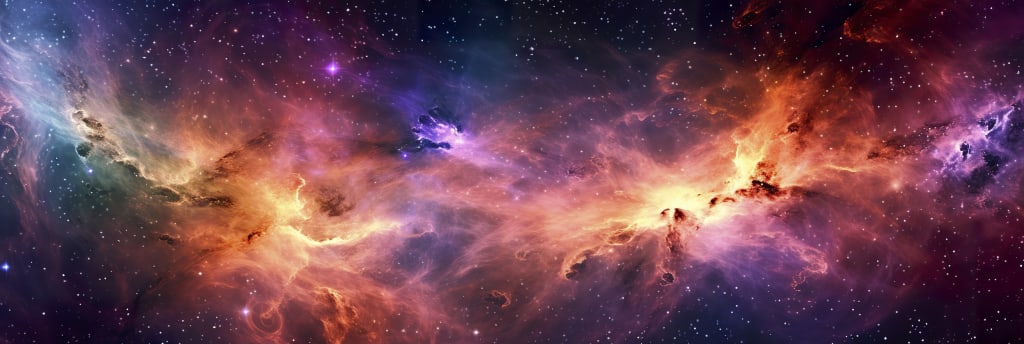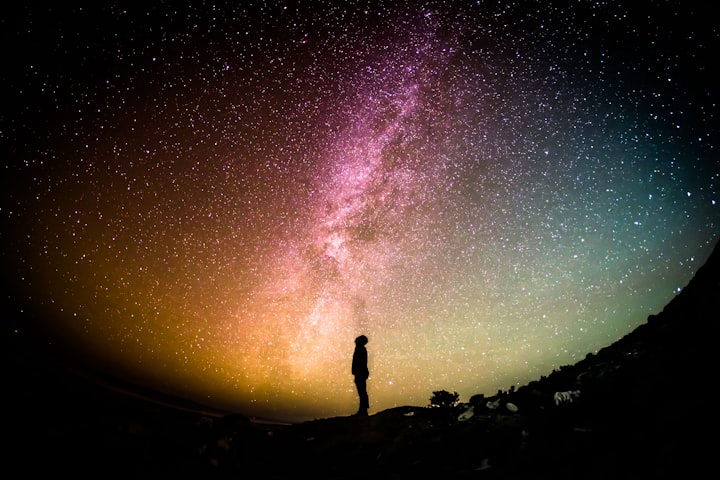Exploring the Mysteries of Nebulae
Important Facts Unveiled

Nebulae are celestial wonders that have fascinated astronomers and stargazers for centuries. These cosmic clouds of gas and dust play a crucial role in the birth and death of stars and offer a window into the evolution of our universe. In this blog, we will delve into the world of nebulae and uncover some important facts about these captivating phenomena.
What Are Nebulae?
Nebulae, plural for nebula, are vast regions in space composed of gas, dust, and various elements. They come in a variety of shapes and sizes, and they can be found throughout the cosmos. The word "nebula" is derived from Latin, meaning "cloud," and it accurately describes their appearance - wispy, cloud-like structures.
Birthplaces of Stars
One of the most crucial roles of nebulae in the universe is serving as the birthplaces of stars. Inside these colossal clouds of gas and dust, gravitational forces cause material to clump together, forming dense regions known as protostars. Over time, as more matter accumulates, the temperature and pressure at the core of these protostars increase until nuclear fusion ignites, giving birth to a new star.
Types of Nebulae
Nebulae are classified into several different types based on their composition, appearance, and the processes occurring within them. Here are the primary types of nebulae:
- Emission Nebulae: These nebulae are primarily composed of ionized gas that emits colorful light. The iconic Orion Nebula is a well-known example of an emission nebula.
- Reflection Nebulae: These nebulae do not emit their own light but instead reflect the light of nearby stars. They often appear blue due to the scattering of blue light by interstellar dust.
- Dark Nebulae: Also known as absorption nebulae, these clouds of dust obscure the light from objects behind them, creating dark patches in the night sky.
- Planetary Nebulae: Formed from the outer layers of dying stars, these nebulae exhibit a spherical shape and are often beautifully symmetric. The "Ring Nebula" is a famous example.
- Supernova Remnants: These nebulae are the remnants of massive stars that have exploded as supernovae. The Crab Nebula is a well-known example, and they are crucial for studying the late stages of stellar evolution.
The Pillars of Creation
One of the most iconic images captured by the Hubble Space Telescope is the "Pillars of Creation" in the Eagle Nebula (M16). These towering columns of gas and dust, illuminated by nearby young stars, are a testament to the stunning beauty found within nebulae.
Star-Forming Regions
Nebulae are often synonymous with regions of active star formation. The famous Orion Nebula, located in the constellation Orion, is a prime example. It is home to numerous young stars and protostars, making it a celestial nursery where stars are born.

Stellar Recycling
Nebulae play a critical role in the recycling of material in the universe. When massive stars reach the end of their life cycles, they explode as supernovae, dispersing their enriched elements into space. These elements, including carbon, oxygen, and iron, become part of the interstellar medium within nebulae. Subsequently, new stars and planetary systems form from this recycled material.
Nebulae as Astronomical Laboratories
Nebulae provide astronomers with a unique opportunity to study the physical and chemical processes occurring in space. By analyzing the spectra of light emitted by different types of nebulae, scientists can gain insights into the composition of these cosmic clouds and the conditions within them.
Stunning Nebulae Beyond Our Galaxy
While many famous nebulae are located within our Milky Way galaxy, stunning examples can also be found in other galaxies. The Tarantula Nebula, situated in the nearby Large Magellanic Cloud, is one of the largest and most active star-forming regions in the local group of galaxies.
The Expanding Universe
Nebulae played a crucial role in Edwin Hubble's discovery of the expanding universe. By observing galaxies beyond our Milky Way and measuring their redshifts, Hubble determined that the universe is indeed expanding. This groundbreaking discovery revolutionized our understanding of the cosmos.
Awe-Inspiring Beauty
Nebulae are not only scientifically significant but also awe-inspiring in their beauty. Their vibrant colors and intricate structures make them popular targets for amateur astronomers and astrophotographers. Capturing the delicate details of nebulae often requires long-exposure photography and specialized equipment.
Nebulae in Popular Culture
Nebulae have made their mark in popular culture, appearing in countless books, movies, and artworks. They serve as symbols of the vastness and wonder of the cosmos, inspiring generations to look up at the night sky and contemplate the mysteries of the universe.
Future Exploration
The study of nebulae continues to evolve with advancements in space telescopes
About the Creator
Reader insights
Outstanding
Excellent work. Looking forward to reading more!
Top insights
Excellent storytelling
Original narrative & well developed characters
Masterful proofreading
Zero grammar & spelling mistakes






Comments (4)
good
very nice
Wow great
Nice Information